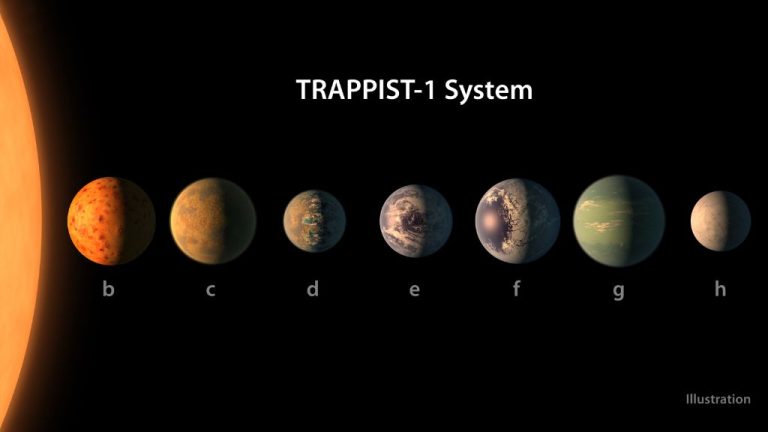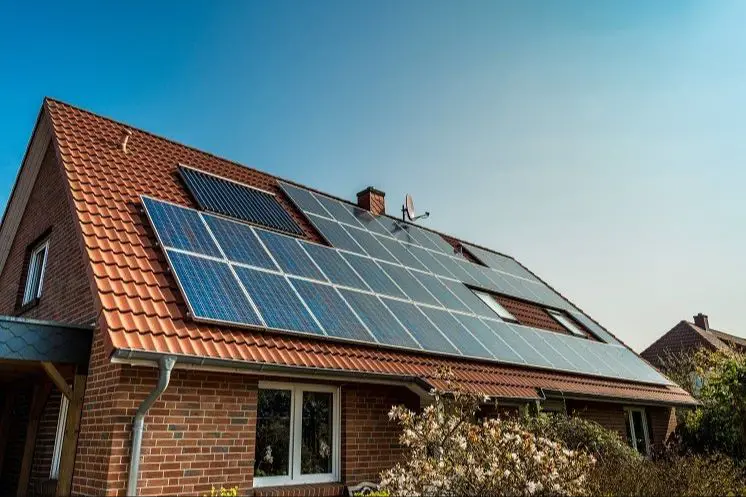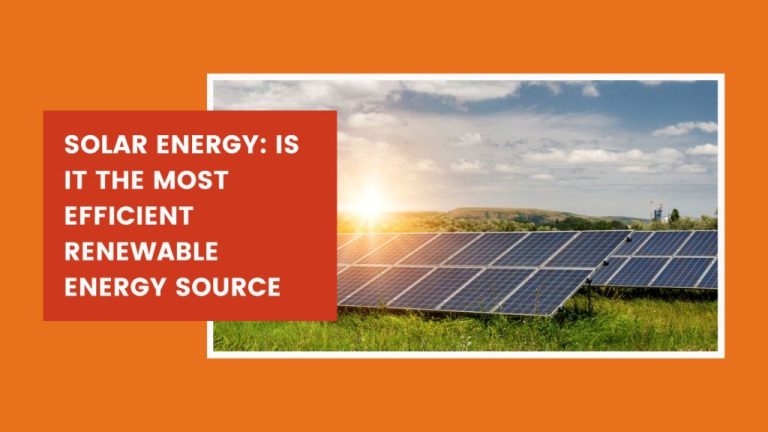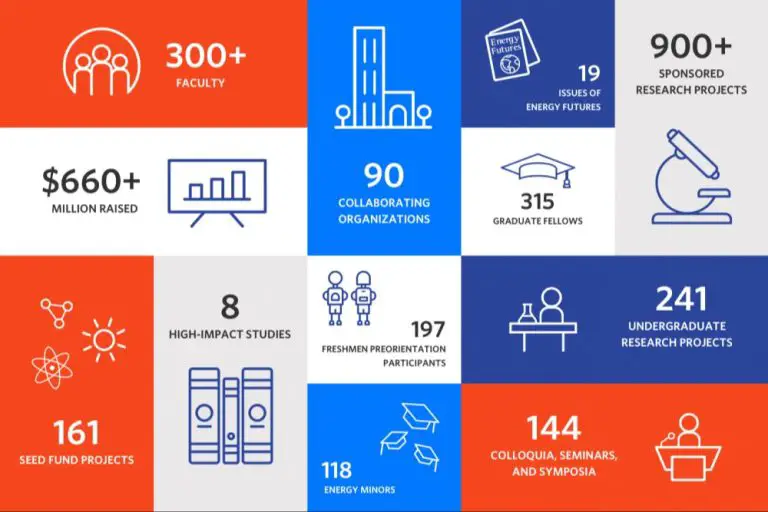Can A City Be Powered By Solar Energy?
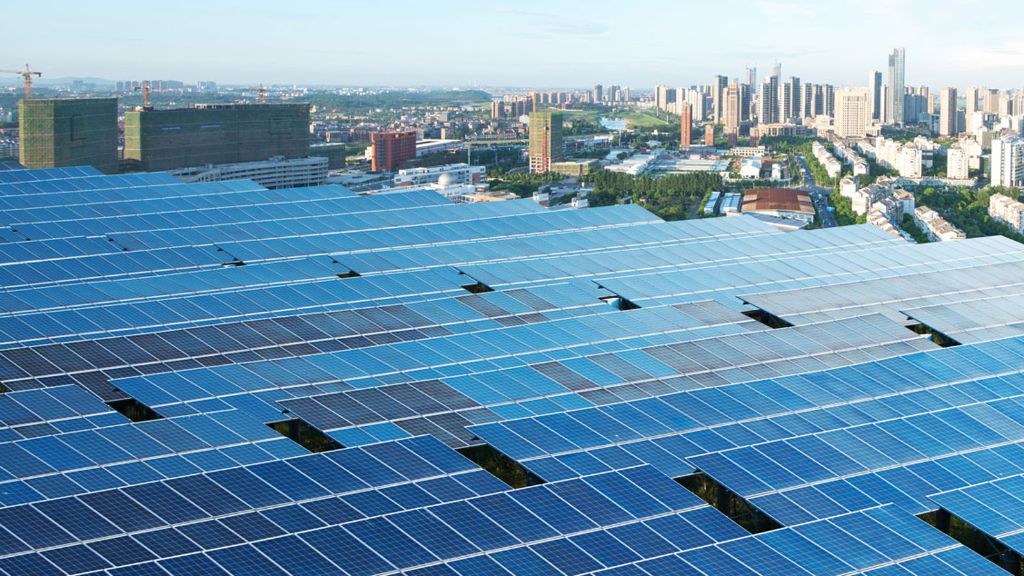
With the rising demand for clean energy and the decreasing costs of solar technology, more and more cities around the world are looking to solar power as a sustainable energy source. But can a city realistically be completely powered by the sun? With proper planning, infrastructure, and community buy-in, the answer is yes. The potential is there, as solar energy could feasibly meet 100% of a city’s electricity demand. This would require large-scale adoption of solar photovoltaic (PV) systems on rooftops, parking garages, and open spaces. Energy storage systems would also need to be in place to supply power when the sun is not shining. While significant investments and policy changes would be needed, case studies show it is possible for cities to run on solar energy alone. With smart urban planning and renewable technology, a sunny, sustainable future could be within reach.
Solar Potential
The amount of solar energy available in a city depends heavily on its geographic location and local climate. According to data from the National Renewable Energy Laboratory (NREL), the average solar radiation across the contiguous United States ranges from 4-7 kWh/m2/day. However, some regions like the Southwest can experience over 7 kWh/m2/day on average.
Major cities located in sunnier parts of the country, like Phoenix, Las Vegas, or Los Angeles, have much higher solar potential than cities in cloudier northern regions. For example, Phoenix receives nearly twice as much solar radiation as Chicago or New York City. Cooler climates and more northern latitudes will produce less energy per solar panel on average.
Within a given city, the specific amount of harvestable sunlight will vary based on weather patterns, pollution levels, and shading from buildings. But in general, the American southwest and southern California offer the highest solar potential per square meter in an average urban environment. All cities have some solar capacity, but tailoring solar designs and goals based on regional climate is crucial.
According to the US Solar Insolation Maps from Solar-Electric.com, cities in the sunniest regions can expect to harvest around 1,200 watts per square meter of solar panel on average. This can make southwestern cities ideal candidates for widespread solar adoption. However, all cities have some degree of solar potential to tap into.
Solar Technology
Solar panel technology has advanced significantly in recent years, with solar cell conversion efficiencies increasing from around 15% to over 22% on average today. The highest solar cell efficiency recorded so far is 47.6%, by researchers at Switzerland’s École Polytechnique Fédérale de Lausanne in June 2022. This was achieved using a multi-junction concentrator solar cell under concentrated sunlight (Source).
Some of the most efficient and popular solar panels on the market currently include models from SunPower, LG, Panasonic, REC, Q Cells, Silfab Solar, and Solaria (Source). Key factors to consider when selecting solar panels include efficiency, temperature coefficient, degradation rate, and warranties. Highly efficient panels can produce more energy in the same space but often at a higher upfront cost.
For energy storage, lithium-ion batteries are the predominant technology used in solar applications currently. Key battery suppliers include Tesla, LG Chem, Sonnen, and Panasonic. Lithium-ion batteries provide high energy density, good cycling performance, and low self-discharge. Emerging battery technologies like redox flow batteries and solid-state lithium-ion batteries may offer improved safety, lifespan and performance characteristics.
Space Requirements
To estimate the space needed for solar panels to power a city, we first need to determine the city’s population and average energy use per person. For example, a city with 500,000 people and average energy use of 1000 kWh per person per year would require 500 million kWh of electricity per year.[1] Using a solar panel that generates 300 watts, around 1.7 million 300W panels would be needed to generate 500 million kWh per year.[2]
Typical solar panels are around 65 inches by 39 inches in size.[3] With 1.7 million 300W panels, the total solar array size would be about 715 million square feet or 16,400 acres. For comparison, Central Park in NYC is 843 acres. So powering a city of 500,000 with solar would require around 20 times the space of Central Park. Rooftops and parking structures could accommodate some of the panels but open land near the city would likely be needed to hold the full solar array.
Installation Areas
Rooftops are the most obvious choice for installing solar panels in urban environments. A study found that rooftop solar panels in cities can generate a substantial amount of a city’s energy needs. Rooftop installations take advantage of unused space and can be incorporated into new building design. Parking lots and garages are another option, providing shade and covered parking while generating solar energy. According to the Shining Cities 2022 report, cities are finding creative ways to install solar panels on bike lanes, bus stops, and highway medians. Brownfields, or unused contaminated land, can also be repurposed for solar farms. The key is finding unused space that gets ample sunlight exposure.
Storage and Distribution
Storing and distributing the electricity generated from solar energy is a key challenge. There are several methods available for storing solar energy, including batteries, thermal storage, and mechanical storage. Lithium-ion batteries are one of the most common and cost-effective options for storing solar energy (Source). These allow solar energy to be stored and released when needed, even when the sun is not shining. Thermal storage captures heat from the sun and stores it in materials like molten salt. This heat can then be used to create steam to generate electricity on demand (Source). Mechanical storage like pumped hydro and compressed air can also store energy for later use. Once stored, the solar electricity must be distributed via the electrical grid infrastructure. Upgrading transmission lines, transformers, and substations will be critical to handle increasing amounts of solar energy and distribute it to where it’s needed (Source).
Cost Analysis
Transitioning an entire city to solar power requires a significant upfront investment. According to Angi, installing utility-scale solar farms costs $0.80 to $1.36 per watt. For a mid-sized city requiring 50 megawatts of solar capacity, the installation cost would be $40-68 million. The cost per solar panel ranges from $100-300, with an average cost of around $160 per panel according to Quora. For a 50MW solar farm, over 300,000 panels may be required, adding over $48 million in panel costs alone.
While the initial investment is substantial, solar power can provide long-term savings. Once installed, the fuel cost is free and maintenance costs are low. Cities can lock in fixed pricing for 20+ years through a power purchase agreement. After paying off the initial investment, solar electricity is practically free for decades. Furthermore, transitioning from fossil fuels provides environmental benefits and energy independence that are difficult to quantify financially.
With solar panel prices continuing to fall and financing options improving, the upfront cost hurdle is lowering. Forward-thinking cities have an opportunity to reap the advantages of solar power if they have the vision and political will to invest now. The long-term payoff can provide decades of affordable, clean energy.
Policy and Planning
Government policies and incentives play an important role in enabling cities to transition to solar power. According to the International Energy Agency, many Solar City projects have benefitted from government support schemes like feed-in tariffs, direct capital subsidies, and tax breaks (IEA). These incentives help reduce the upfront costs of installing solar panels and make solar power more financially viable.
However, policy changes are needed for solar power to be adopted on a wider scale. Governments can pass legislation to streamline the permitting and interconnection process, which currently creates bottlenecks for installing solar panels in cities. Zoning laws may need to be updated to allow solar panels on rooftops. Net metering policies, which compensate solar customers for excess power sent back to the grid, must be strengthened. Government mandates can also require that new buildings install solar panels. Tax credits and rebates for households and businesses should be expanded.
Urban planners play a key role in identifying suitable spaces for ground-mounted solar arrays, such as vacant lots, landfills and roofs of municipal buildings. They can develop solar maps showing areas with abundant sunlight and low shading. Cities can also make solar power an integral part of their climate action plans and emissions reduction targets. With supportive policies and proactive planning, cities can tap into the vast potential of solar energy.
Case Studies
Several cities across the United States have successfully implemented solar energy on a large scale to power a significant portion of their energy needs. Some examples include:
Las Vegas, Nevada has installed enough solar panels on rooftops, parking garages and in solar farms to generate over 140 megawatts of solar power as of 2021, supplying around 5% of the city’s peak energy demand according to the Environment America Research & Policy Center (Shining Cities 2022). The city aims to generate 100% of its power from renewable sources by 2030.
Los Angeles, California has over 200 megawatts of installed solar capacity from rooftop panels, providing enough electricity to power over 50,000 homes. The city has a goal to source 55% of its energy from renewable sources by 2025 and 100% by 2045 (These US cities are producing the most solar energy).
Honolulu, Hawaii leads U.S. cities in solar watts per person, with over 460 megawatts of rooftop solar installed as of the end of 2020. This provides around 10% of the island’s electricity needs. The state aims to generate 100% of its electricity from renewables by 2045 (Shining Cities 2022).
Conclusion
The complete transition of cities to solar power is an ambitious yet achievable goal. With thoughtful planning and phased implementation, cities can reap tremendous benefits by harnessing the power of the sun. Solar energy is clean, renewable, and becoming increasingly cost-effective. Installing solar panels on rooftops, parking lots, and open spaces within city limits can generate a significant portion of a city’s electricity needs. With battery storage and smart grid technology, this solar power can be stored and distributed efficiently to power homes, businesses, and municipal infrastructure.
While the initial investment required is substantial, the long-term payoff for cities is reduced electricity costs and minimized reliance on fossil fuels. Solar energy increases resiliency against power grid disruptions and shelters cities from fluctuating oil and gas prices. It also significantly reduces a city’s carbon footprint and improves air quality for residents. With strong policies, public-private partnerships, and community buy-in, a solar-powered city is an achievable goal for municipalities worldwide. The environmental and economic benefits can inspire cities globally to harness the abundant power of the sun.

